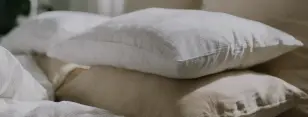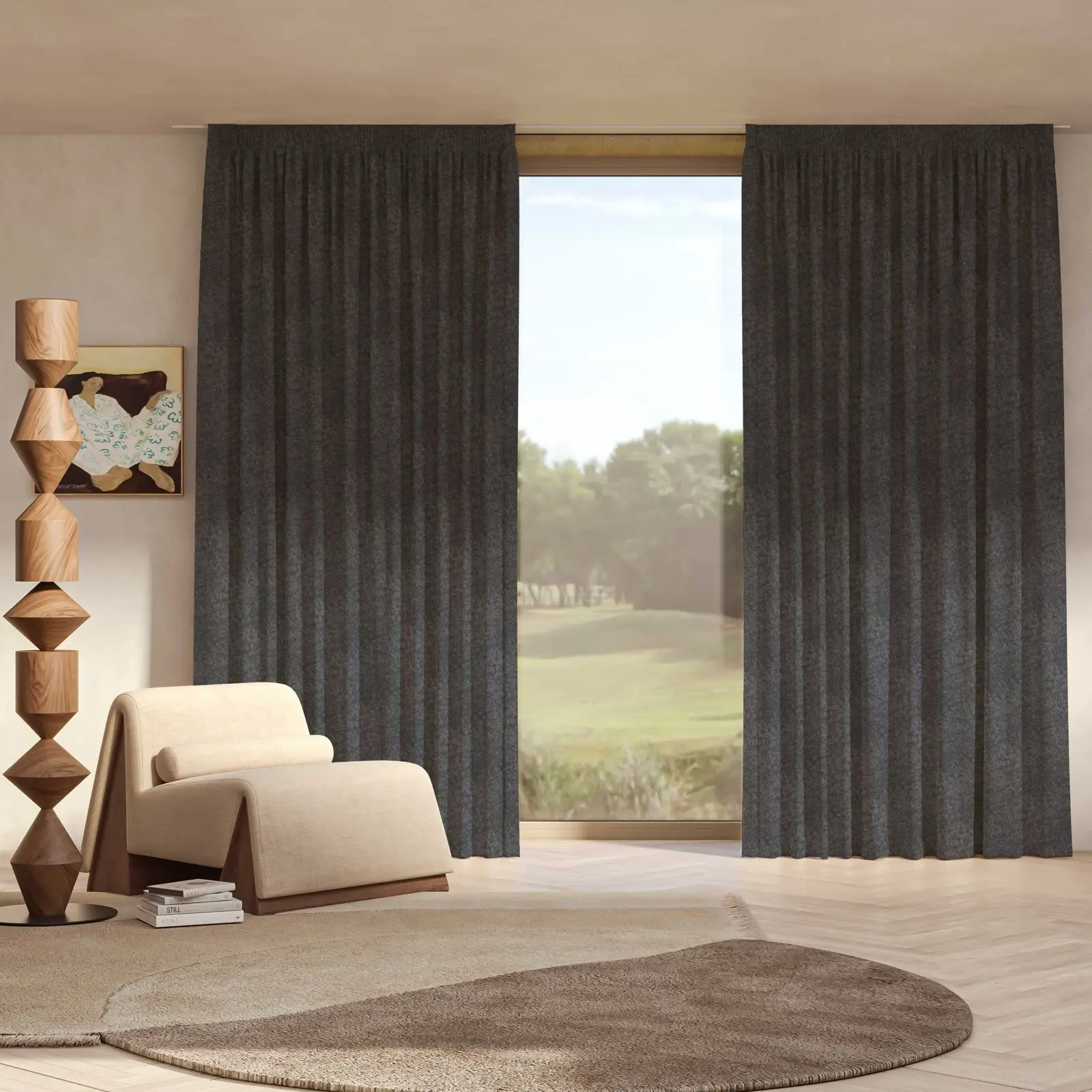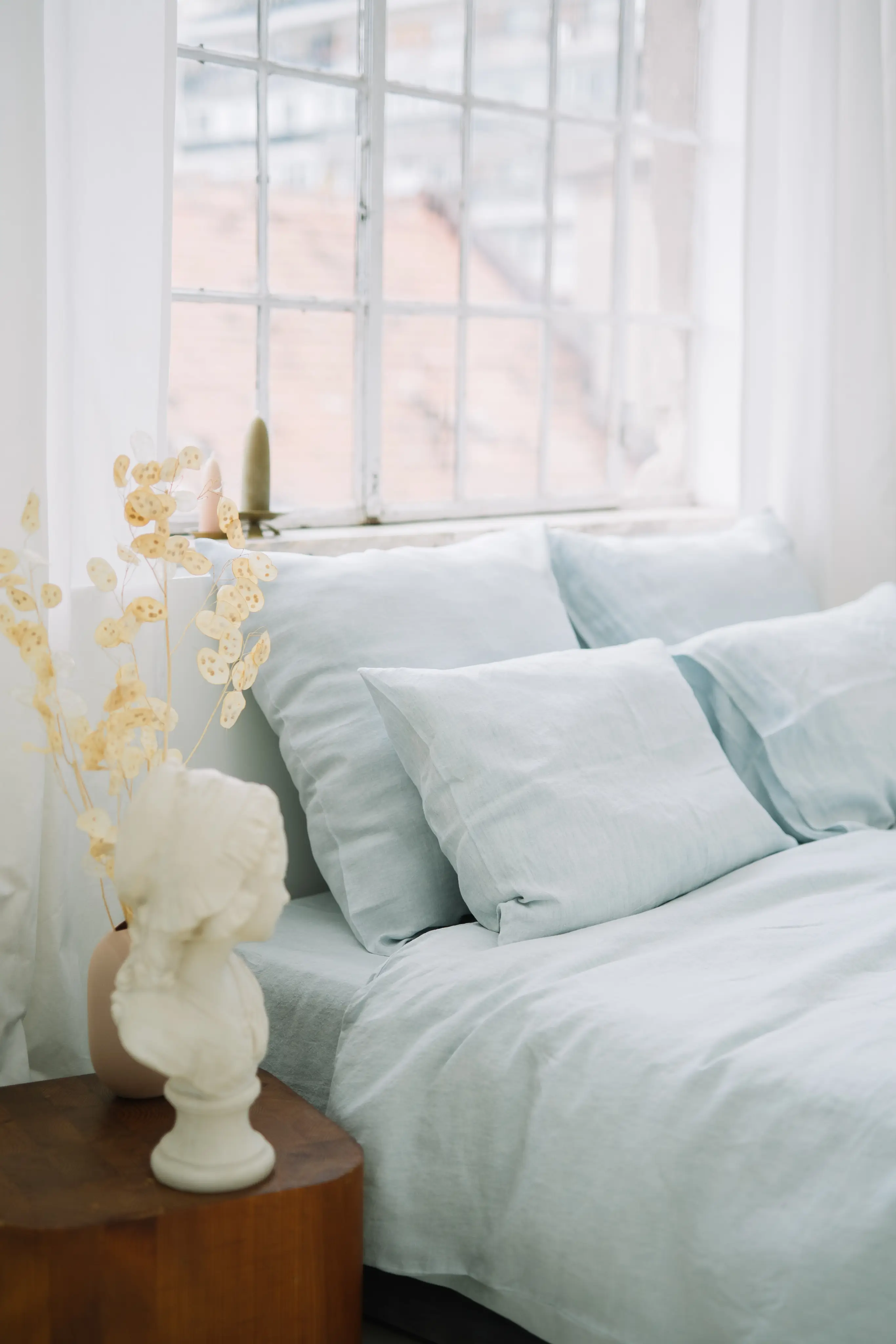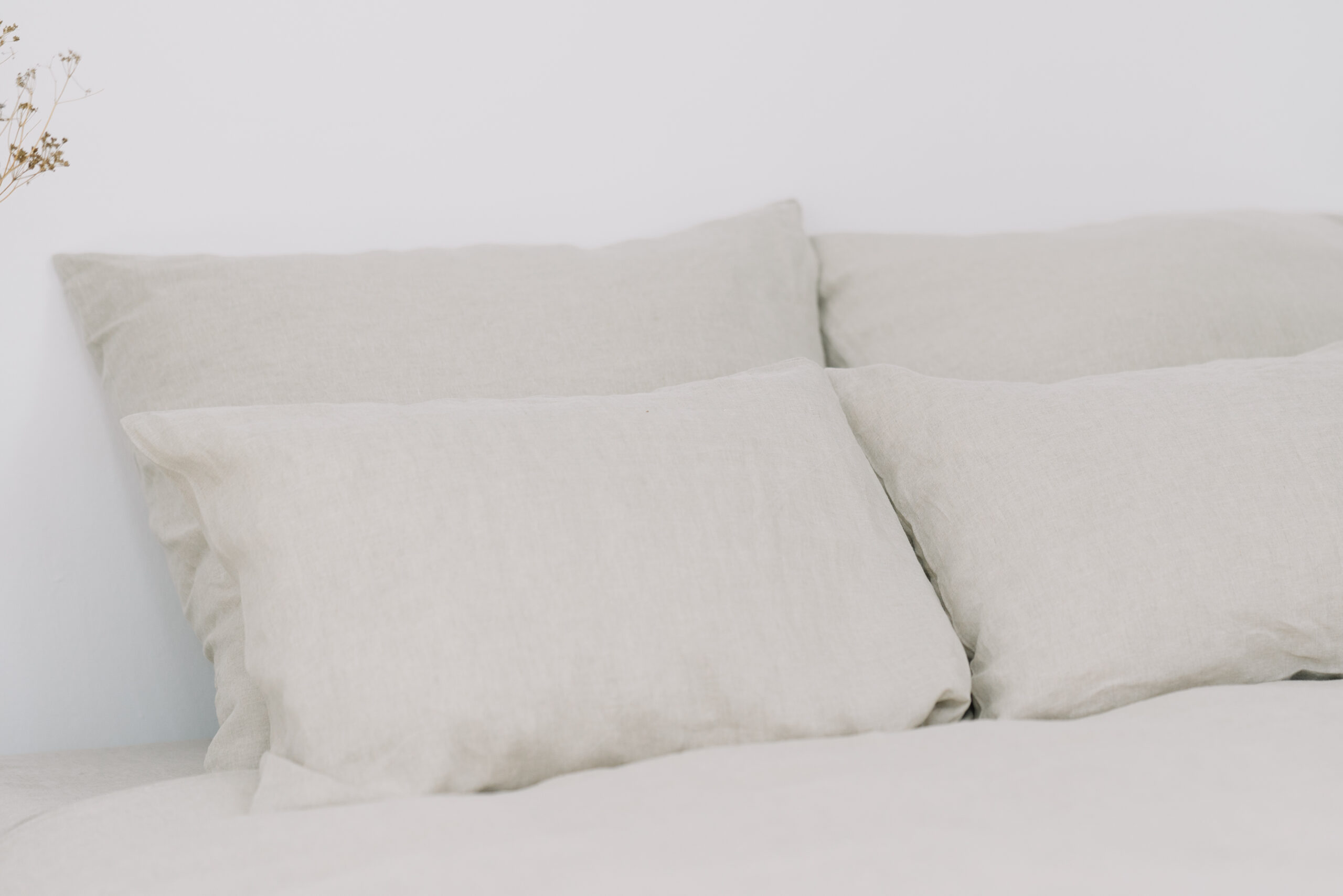Alegerile sustenabile și/sau organice, par a fi doar un trend de azi, fie ca vorbim de mâncare, haine sau alte tipuri de produse, cum sunt așternuturile de pat. Ne-am gândit să aducem un pic de lumină privind țesăturile organice, astfel încât să puteți face alegeri mai conștiente.
De la saltele, pilote, perne, așternuturi până la pijamale, haine sau pantofi, există întotdeauna produse prietenoase cu mediul și pielea voastră, din care puteți selecta ce vi se potrivește.
Au fost momente și încă sunt, când singurele criterii luate în considerare la achiziția așternuturilor și hainelor sunt designul și modul în care produsul se simte pe piele, indiferent de proveniență, mod de recoltare sau substanțe folosite în agricultura și creștere.
Totuși, deoarece petrecem o perioada semnificativă în pat, e natural să ne uităm și la alte criterii. Cele mai importante criterii de avut în vedere când vă uitați la materiale sunt:
- Tipul materialului și provenința lui – materialele organice des folosite în așternuturi și sau perne/saltele/pilote sunt bumbacul organic (diferă de bumbacul obișnuit), inul, cânepa, lâna și Tencel (denumirea pentru un nou material a cărui fibră e produsă din masă lemnoasă și care se bazează pe nanofibre);
- Substanțele folosite pentru creștere (pesticide, fungicide și orice chimicale dure) dar și cantitatea de apă folosită pentru irigație sau cantitatea de energie;
- Modul de colectare și prelucrare;
- Certificări (GOTS, OEKO TEX, MASTERS OF LINEN etc);
- Practici etice de muncă.
Nu trebuie să verificați toate aceste aspecte la fiecare etichetă și achiziție, dar trebuie să știți care sunt fibrele care de regulă îndeplinesc aceste criterii, astfel încât să vă fie mai ușor să le găsiți.
- Bumbacul organic – Bumbacul este cea mai folosită fibră, atunci când vine vorba de industria textilelor de azi, dar există multe ingrijorări privind modificările lui genetice, clasându-se în top 3 plante modificate, la nivel mondial. Bumbacul organic, este crescut fără pesticide și vine cu standarde asociate (GOTS), care certifică modul în care acesta a fost produs.
- Inul – Inul este o plantă extrem de prietenoasă cu mediul, se crește fără pesticide sau fertilizatori și necesită foarte puțină apă sau deloc în irigații. Inul este organic prin esența lui de producție, dar există și aici certificări asociate, precum EUROPEAN FLAX® or MASTERS OF LINEN®.
- Cânepa – Cânepa este și ea parte din textilele sustenabile, neavând nevoie de substanțe chimice să crească. Este folosită mai mult în industria de îmbrăcăminte și mai puțin în așternuturi, datorită aspectului mai puțin îngriit.
- Lâna – deși prelucrarea ei nu are un impact semnificativ asupra mediului, modul în care este generată materia primă uneori implică defrișări de suprfețe mari pentru pășunat și cantități mari de metan ce se eliberează acolo unde sunt adunări mai mari de animale. Mai mult, deoarece implică creștere de animale și uneori acestea nu sunt tratate bine, recomandăm să verificați certificări precum Responsible Wool Standard (RWS), Certified Organic Wool, Certified Animal Welfare Approved, Certified Humane® Label, ZQ Merino Standard, Soil Association Organic Standards și Climate Beneficial by Fibershed.
- Bambusul – Deși bambusul este o plantă care se regenerează repede și nu are nevoie de apă suplimentară sau de substanțe toxice/îngrăsământ, fibra de bambus, nu există per se. În procesul de prelucrare, bambusul se transformă în vâscoză printr-un procesul poluant și care implică toxine și chimicale ale căror reziduuri se duc în atmosferă. Nu există certificări pentru bambus și majoritatea se produce în China, cu practici netransparente.
- Tencel – Este o fibră dezvoltată din masă lemnoasă (eucalipt) și este atât crescută cât și procesată folosind standarde ce respectă mediul. Tencel este numele brand-ului, fibra fiind lyocell, și a devenit populară în industria textilă datorită aspectului neted și fin, dar și a proprietăților de asbsorbție. Tinder să fie mai puțin rezistentă în timp, dar este o alegeră bună și biodegradabilă.
Vă încurajăm să alegeți oricare dintre aceste materiale care se potrivesc cu voi, pentru că sunt deseori hipo-alergenice, absorb mai bine umezeala, unele au calități termoreglatoare și anti-microbiane, dureaza mai mult și după folosire, se descompun, neafctând mediul. La spălare, ele nu trimit microplastice în sistemul de canalizare și apă.
În plus, sunt crescute și procesate cu un minim impact, astfel încât orice alegere în această direcție este una care ajută tot ecosistemul. Fiind conștienți de alegeri, devenim împreună mai conștienți de noi, corpul nostru și ceea ce ne face bine pielii.












